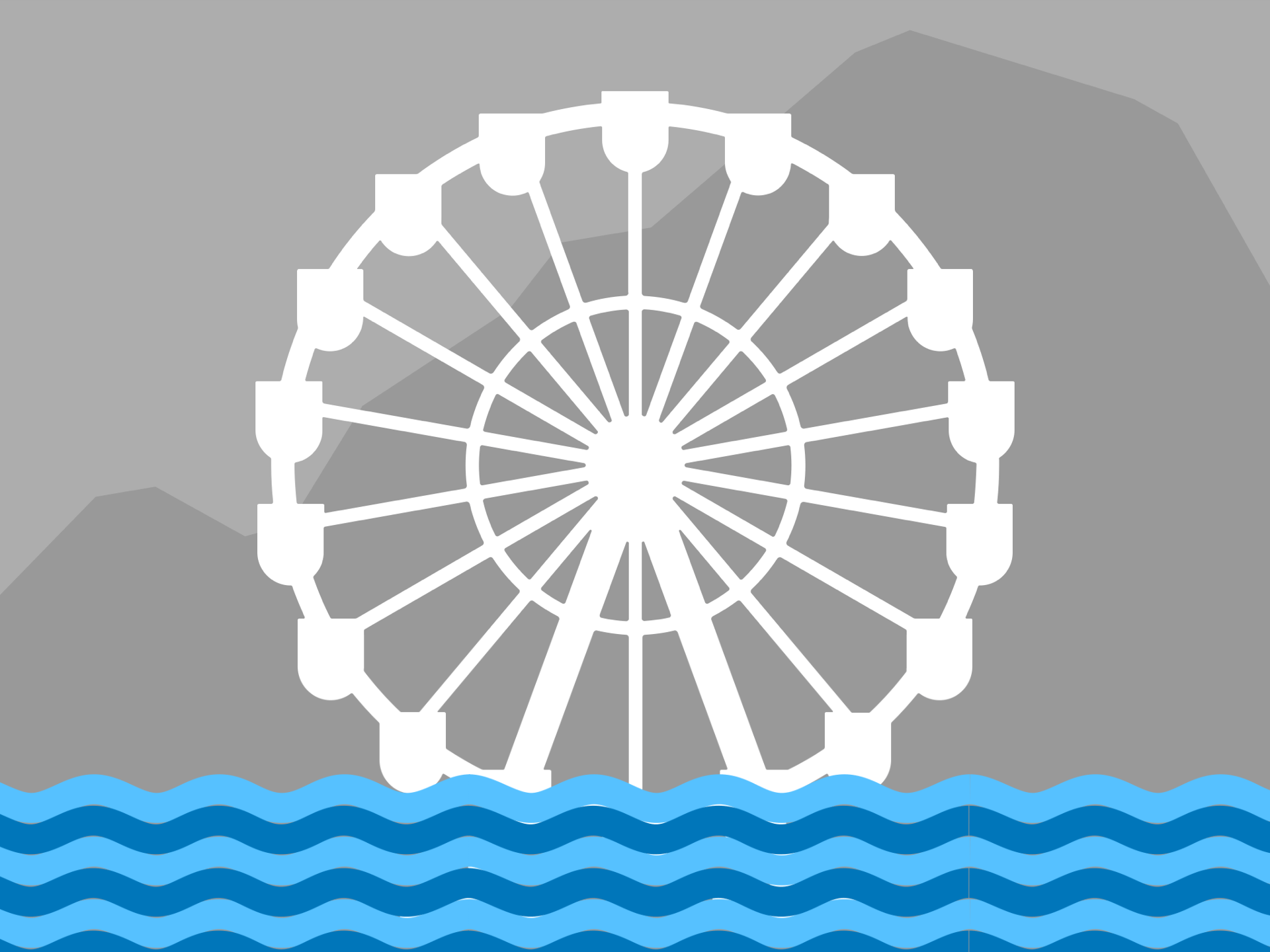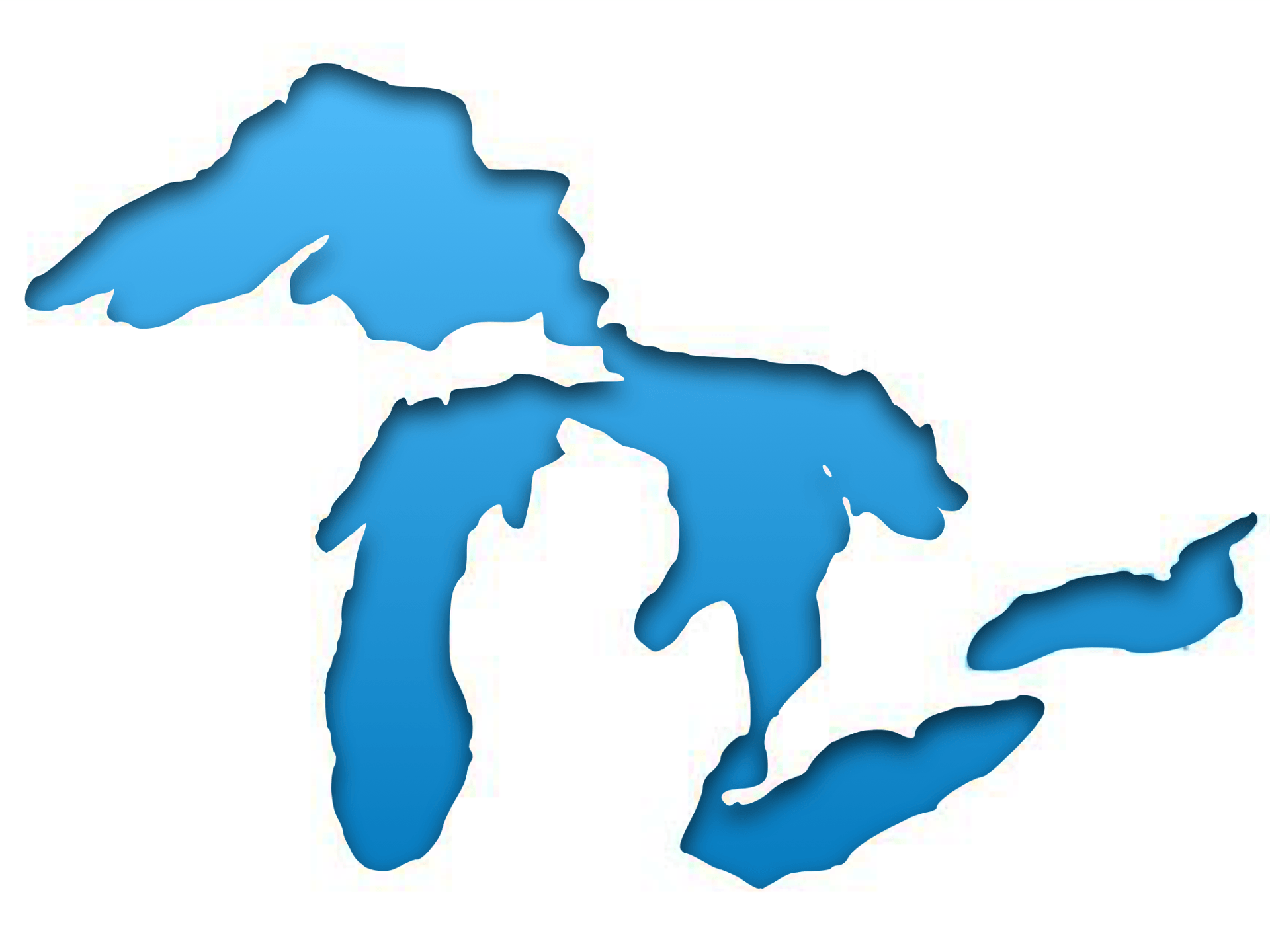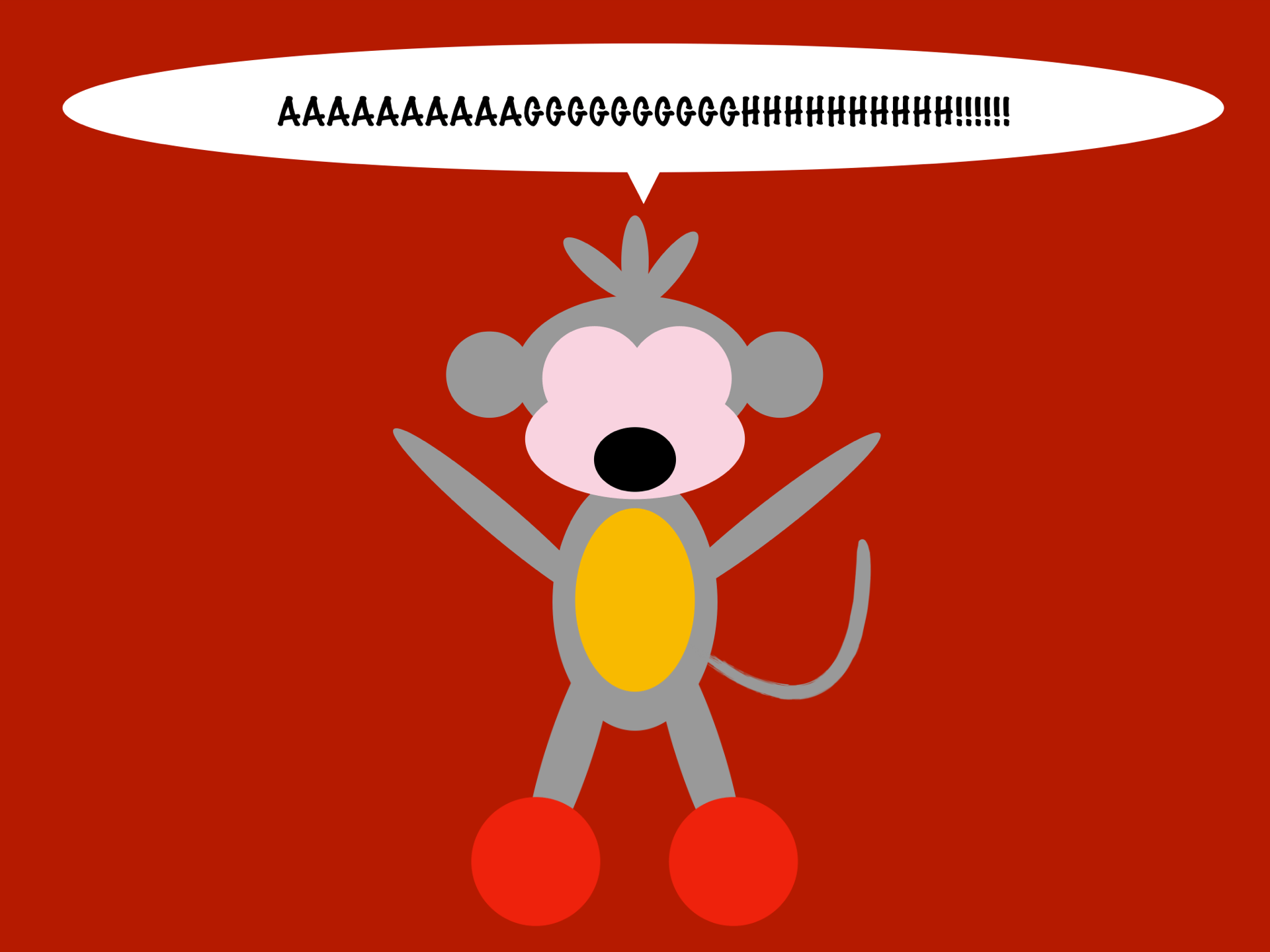The end of June marks the end of another era in PLP, Grade 10. This was a remarkable year, with ups and downs, triumphs and tribulations, but we made it to the other side, mostly unscathed. So, let us reflect on what we have done, and look forward to our next great adventure.
Of your work completed this year, what are you most proud of? Why?
The project that I am probably most proud of is the WW2 podcast. I had a lot of fun with this project, which makes everything 100x better. This was one of the first podcasts we had done, so it was opening a new chapter for us. This year I’ve had a lot of fun doing podcasts, and this one was no different. The experience of going and meeting with these people was really cool, because instead of just learning about something in a textbook, we got to meet people with first hand experience. I also learned a lot when I talked to Abigail Foulds and my Grandpa, Frank Ward. I am proud of the work I have done for this project.
What piece of work done this year would you share with a class visitor? Why?
A project that I would want to show to a visitor is definitely the generator project. Not necessarily the video that went along with it, but the generator itself. In science, and especially in this project, I fell as though the product is the bigger thing, and the video secondary. This doesn’t really make sense in practical terms, since we are mostly graded on the videos, but I’m usually pro under of what we have actually created. In this project, we took a current issue, and created a project that has actual meaning in the real world. This is why I wanted to do PLP in the first place, and that’s what I would want to show visitors.
How do these projects connect to the adult world outside the classroom?
Math is kind of a constant. Sometimes it can be hard to relate math concepts to the real world. This project did a really good job of that, though. For this project, we were looking at real data that scientists and governments had collected, and we had to graph it. Taking these arbitrary numbers, and creating graphs was cool, but to actually see the impact that this could have was even cooler. Emily and I checked the levels where the water rise would start to impact us, and added this to the graphs. It really puts into perspective what is happening in our world, and brings it to us.
What problems did you encounter? How did you solves them?
Finally, we have Destination Imagination. Every year, talk about Destination Imagination, and how I am working to be a better teammate, but his year I actually did it. Within our group, we had some pretty strong personalities, and with that, some disagreements. There was one pretty bad disagreement, and instead of getting mad or whatever, I took the time to talk to both sides of the argument, and helped them sort it out. It was sometimes frustrating, but in the end it worked out. I’m really proud of how I handled it, and am looking forward to continuing my learning!










